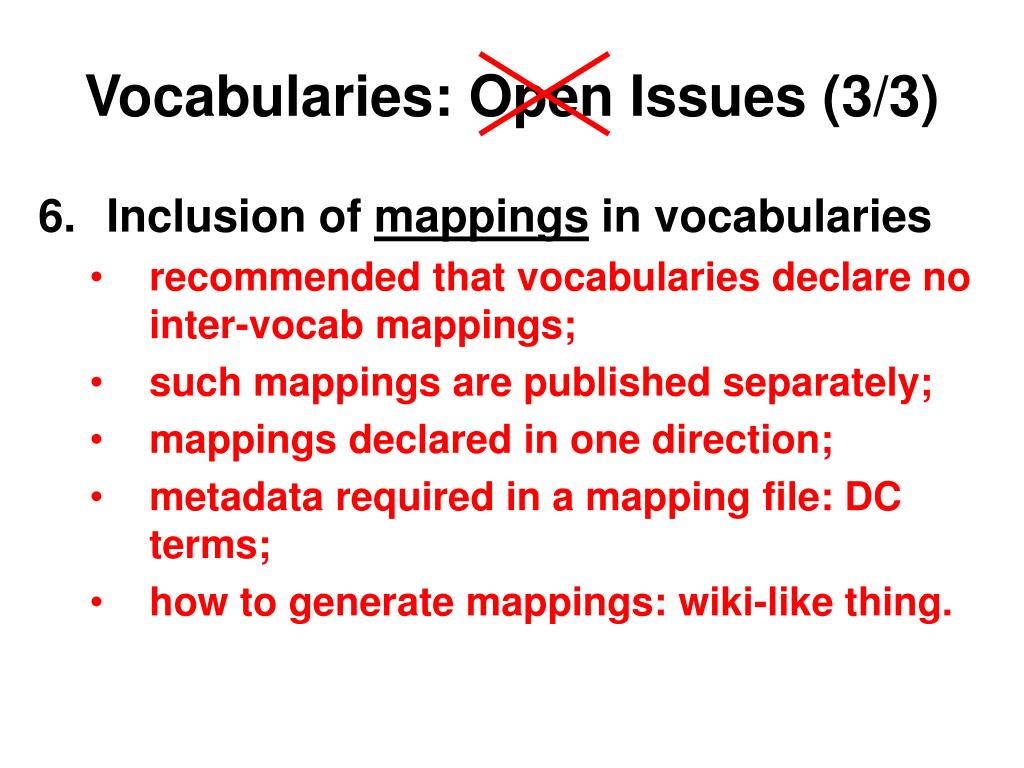

“You” and “your” refer to the “named insured” shown in the declarations, and the spouse if a resident of the same household. Those found in the definitions section include the following. Some are defined in the definitions section, others within the separate coverage sections. Any term found in quotations in the policy is defined. You, of course, want to avoid misrepresenting a material fact, an action that could void the policy.ĭefinitions are crucial elements of insurance policies because the meaning of a term may determine in a particular instance whether or not you have coverage. He or she will-or should-know what the insurer’s interpretation is about identifying the proper garaging location. Where is your car garaged if your home is in a rural area but you are attending a university in a large city or different state? It would be wise to talk to your agent about this question. Thus, the place where it is garaged affects the premium. Although many people drive all over the country, most driving is done within a rather short distance of the place the car is typically garaged. For example, losses are generally greater in urban than in rural areas. Loss frequency and severity vary from one area (called territory by rate makers) to another. The latter is an important underwriting factor. The loss payee for physical damage to the automobile is listed to protect the lender who has financed the automobile’s purchase, and the garaging address is shown.
WORD VS WORD SCENARIO IN INAIRAMCE SERIAL
A description of the automobile(s) covered-by year, name, model, identification or serial number, and date of purchase-is included.

You-and your spouse, if you are married-are the named insured(s). The declarations identify you by name and address and show the term of the policy, the premiums charged, the coverages provided, and the limits of liability of the coverages. As we discuss each part, you will find reference to the specimen policy in Chapter 25 "Appendix B" helpful. Parts E and F apply to the entire policy. When you receive your policy, check the declarations to be sure they show a premium for all the coverages you requested, and see that the information relating to your policy is correct. Each part is made effective by indicating in the declarations that the premium has been paid for that specific part and the coverage applies. In a sense, each of the first four parts is (almost) a separate policy, and the PAP is a package that brings them all together. Part E-Duties after an accident or lossĮach of the first four parts has its own insuring agreement, exclusions, and other insurance provisions, but most conditions are in parts E and F.Part D-Coverage for damage to your auto.These are followed by the policy’s six major parts: It begins with a declarations page, general insuring agreement, and list of important definitions. A copy of the Insurance Services Office’s sample PAP is provided in Chapter 25 "Appendix B" at the end of the text. is the automobile insurance contract purchased by most individuals, whether to meet financial responsibility laws or just to protect against the costs associated with auto accidents. The personal automobile policy (PAP) The automobile insurance contract purchased by most individuals.


To understand your own coverage, therefore, be sure to read the specifics of your policy. The major differences are in the perils covered, persons insured, exclusions and definitions, and the presence of personal injury protection (PIP) coverage or no-fault provisions that are required in some states. You will probably buy a PAP or a policy similar to it, so we will discuss it in detail.īear in mind, however, that your policy may differ in some significant ways from the PAP. The personal automobile policy (PAP, discussed below) is the newest of the policies for personal use automobiles and has nearly displaced other personal use forms. Variations result from competition that motivates insurers to try to differentiate their products. Some insurers issue the standard policies others issue policies that are similar but not identical. The Insurance Services Office (ISO) has developed standard forms for each category. There are two general types of auto insurance policies: commercial use (discussed in Chapter 15 "Multirisk Management Contracts: Business") and personal use, which is discussed in this chapter.


 0 kommentar(er)
0 kommentar(er)
